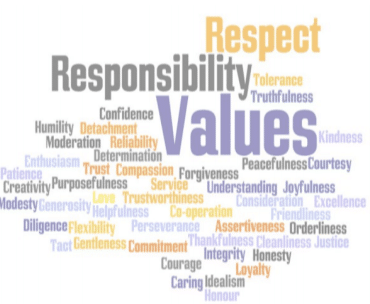
Your Values
Sexual and Gender Diversity
Sexuality is an important and central part of every human being. Many people use words that assume everyone is heterosexual and cisgender (heteronormative language). Teachers play an important role in helping students develop and show respect for sexual and gender diversity.
Review strategies that can support your 2SLGBTQIA+ students, families and colleagues.

Diversity
Teachers play a vital role in supporting students and developing strategies that
show we value diversity. Review tips on how to create a diverse a classroom and school environment.
Instructional methods
Ground Rules
Sexual Health Education works best in classrooms where there’s a mutual feeling of trust, safety and comfort.
Ground rules help create these feelings
from the start. In order to facilitate this, use the ground rules outlined in this section.
Consent
Consent is permission for something to happen or an agreement to do something.
Sexual consent is about a person’s right to make their own choice about sexual activity. Consent needs respect and communication. Consent is an important concept for children to learn about from an early age. It can lead to better relationships with family, friends, peers and, eventually romantic partners.
Bullying
Bullying is about physical or social power and control. Bullying is a deliberate, repeated and hostile behaviour meant to cause fear, distress, or harm (both psychological or to a person’s reputation). Sexting also exposes kids to cyberbullying.
Learn the warning signs.
Answering Questions
Making time for and responding to student questions is an important part of sexual health education.
Asking questions helps students clarify and confirm the information being presented. Usually questions can be grouped into 4 broad, overlapping categories.
Student FAQ
Included is a list of common questions from students to help you prepare
responses to questions you may receive.
